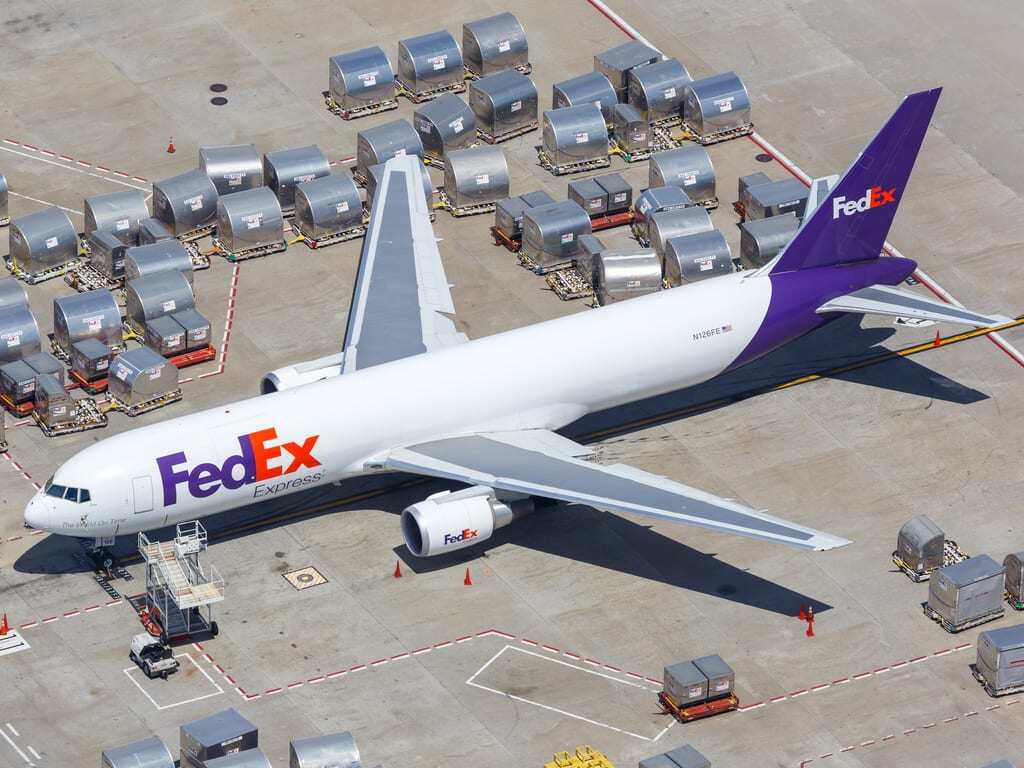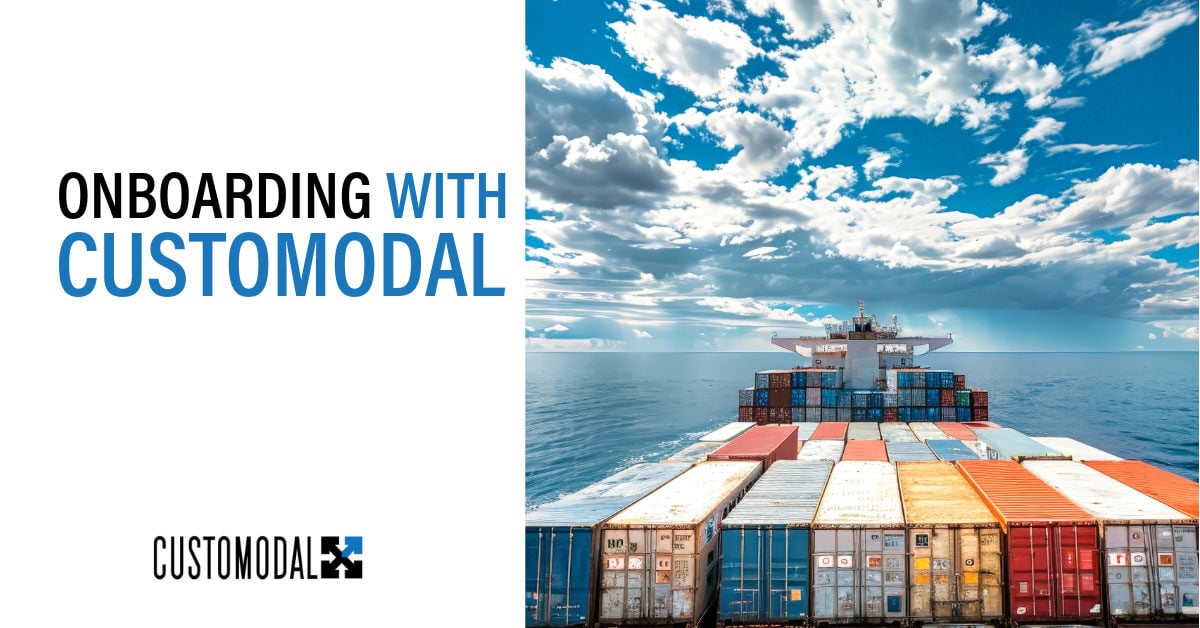
The pursuit of the "perfect outbound shipment" is a challenge that keeps even the most seasoned logistics professionals on their toes. It's a complex operation demanding meticulous execution and unwavering attention to detail.
This isn't just about avoiding costly errors and delays; it's about optimizing each step to create a seamless flow that delights customers and streamlines your entire operation.
Unpacking the Outbound Shipping Process
At its core, outbound freight shipping is a series of interconnected steps that must be carefully managed to ensure efficient and successful delivery. But let's be honest, it's not always as simple as it sounds. To truly master this process, you need to understand the individual players.
Order Processing: The Foundation
Order processing is the crucial first step in any successful outbound shipment. Think of it as the foundation upon which the entire shipping process is built. Any missteps at this stage can have a domino effect, leading to delays, incorrect deliveries, and unhappy customers.
Accuracy is critical. Even seemingly small errors, like an incorrect shipping address or a missing SKU, can cause significant problems down the line and negatively impact customer satisfaction. For instance, a customer awaiting a time-sensitive delivery would be understandably frustrated if it was shipped to the wrong location due to a simple typo. These errors can also result in costly returns, replacements, and logistical headaches for your business.
Many businesses invest in order management systems (OMS) to ensure order accuracy and efficiency. These systems act as the central nervous system for order processing, streamlining and automating tasks such as order entry, inventory allocation, and order tracking. Leading OMS solutions offer a range of benefits, including reduced manual errors, improved order accuracy, increased processing speed, and enhanced visibility into the order lifecycle.
Real-time inventory visibility is another vital aspect of efficient order processing. Knowing exactly what products are available, where they are located, and in what quantity is essential for accurate order fulfillment. Modern warehouses leverage technologies like barcode scanners, RFID tags, and sophisticated inventory management software to maintain real-time visibility into their stock levels. This ensures that orders can be fulfilled accurately and efficiently, preventing stockouts and delays.
Picking and Packing: The Keys to Efficiency and Protection
Now that those orders are processed and ready to go, it's time to step into the warehouse. Picking and packing is where the rubber meets the road in outbound shipping. This stage is all about efficiency and protection–getting the right items picked and packed quickly and securely for their journey to the customer.
A well-organized warehouse is key to efficient picking. Think of it as setting up your kitchen for success before you start cooking–everything needs to be in its place. Strategic warehouse layouts and picking methods like zone picking, wave picking, and batch picking can significantly improve picking speed and accuracy.
Technology also plays a crucial role in streamlining picking processes and minimizing errors. Tools like pick-to-light systems, voice picking, and mobile scanners are like having an extra set of hands (and eyes!) in the warehouse, guiding pickers to the right locations, and verifying items in real time.
Of course, you can't forget about protection. Proper packaging is essential to ensure those carefully picked items arrive at their destination in perfect condition. Using appropriate cushioning materials, sturdy boxes, and clear fragile labels can prevent damage during transit and avoid those dreaded "item damaged in shipping" complaints.
And while we're on the topic of packaging, don't overlook opportunities for branding. The unboxing experience is a chance to make a lasting impression on your customers. Thoughtful packaging that reflects your brand identity can create a memorable moment and foster a positive association with your company.
Shipping: Choosing The Right Carrier and Service
Once your orders are processed, picked, and packed, it's time to ship them out. Choosing the right carrier and service is like selecting the perfect vehicle for a road trip. You need to consider factors like cost, speed, reliability, and, of course, whether it can actually get you to your destination.
When it comes to LTL carriers, there's no shortage of options. From big players like FedEx Freight, Old Dominion Freight Line, or XPO to regional carriers specializing in specific areas, each has its own strengths and weaknesses. It's important to compare factors like cost, delivery speed, service area, and even reputation for reliability before making your choice.
And don't forget about service levels. Need something delivered ASAP? Expedited or Next Day service might be the way to go. But if time isn't of the essence, ground shipping can be a more cost-effective option. Understanding the different service levels and their impact on delivery time and cost is crucial for making informed shipping decisions.
For businesses with multiple shipments, freight consolidation can be a game-changer. Think of it as carpooling for your packages–by combining multiple shipments into one, you can often reduce shipping costs and improve efficiency.
And finally, let's not forget about the power of technology. Transportation Management Systems (TMS) are like having a GPS for your shipments, helping you optimize routes, track deliveries, and reduce costs. These systems can be invaluable for businesses looking to streamline their shipping operations and gain a competitive edge.
Delivery: A Seamless Final Mile
You're in the home stretch: the package has been shipped, and now it's time for the final leg of its journey–delivery. This last mile is crucial, as it's the customer's first physical interaction with their order and can significantly impact their overall experience.
Today, more than ever, customers expect transparency and control over their deliveries. Providing real-time delivery updates and notifications is essential for keeping them informed and satisfied. Tracking numbers, email or SMS alerts, and delivery confirmation are all key tools for managing customer expectations and reducing anxiety about their order's whereabouts.
Speaking of expectations, customers are also demanding more flexibility in how they receive their deliveries. Options like in-home delivery, curbside pickup, and alternative delivery locations (think lockers or designated pick-up points) are becoming increasingly popular. Offering these choices can significantly improve customer satisfaction and reduce failed delivery attempts.
Of course, the final mile comes with its own set of challenges. Traffic congestion, parking limitations, and missed deliveries can all disrupt the process and lead to frustration for both customers and businesses.
To overcome these challenges and optimize delivery operations, many companies are turning to technology. Route optimization software and delivery management systems can help plan efficient delivery routes, track driver progress, and proactively address potential issues. These tools are invaluable for improving delivery efficiency, reducing costs, and ensuring a smooth final mile experience for customers.
Customer Communication: Keeping Customers Informed
Communication is key in any relationship, and the relationship between a business and its customers is no exception. Keeping customers informed throughout the shipping process is crucial for building trust, managing expectations, and ensuring a positive overall experience.
Proactive communication is the name of the game. Don't wait for customers to come to you with questions–keep them in the loop with timely updates. Order confirmation emails, shipping notifications, and delivery alerts are all essential touchpoints that demonstrate transparency and keep customers feeling valued.
Of course, even with the best planning and execution, things don't always go perfectly. That's where responsive and helpful customer support comes in. Make it easy for customers to reach out with questions or concerns by providing multiple contact channels, such as phone, email, and chat. A quick and helpful response can turn a potentially negative experience into a positive one.
Finally, don't forget to listen to your customers–collecting feedback on their shipping experience can provide valuable insights for continuous improvement. Whether it's through post-delivery surveys, online reviews, or social media monitoring, actively seeking and responding to customer feedback shows that you care about their experience and are committed to providing top-notch service.
Elevating Your Outbound Shipping
Outbound freight management and shipping is more than just moving goods from point A to point B; it's a complex ecosystem where efficiency, accuracy, and visibility reign supreme. Each stage, from order processing and inventory management to carrier selection and final-mile delivery, presents unique challenges and opportunities for optimization.
While the fundamentals remain constant, achieving true shipping excellence requires a deep understanding of industry best practices, emerging technologies, and the evolving needs of customers. It demands a strategic approach that aligns with broader business goals and leverages data-driven insights to drive continuous improvement.
At Customodal, we recognize these complexities. Contact us today to learn how our comprehensive solutions can empower your business to navigate the intricacies of outbound shipping, optimize your operations, and unlock new levels of efficiency and customer satisfaction.





